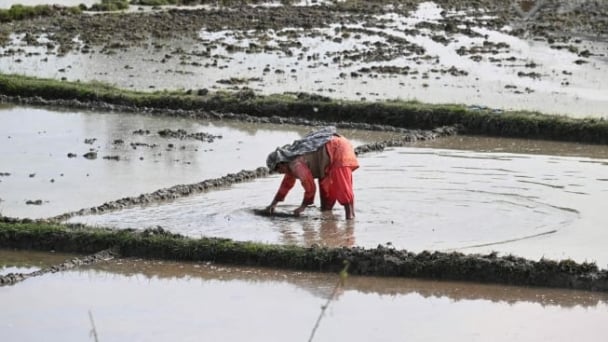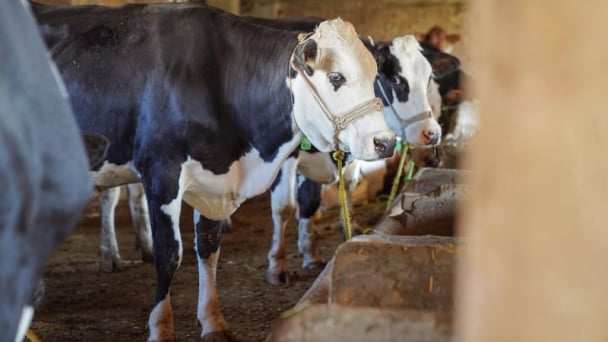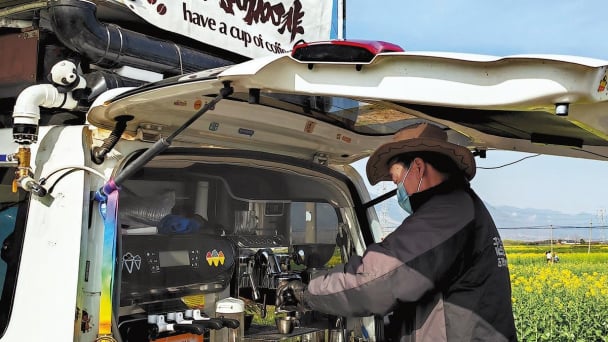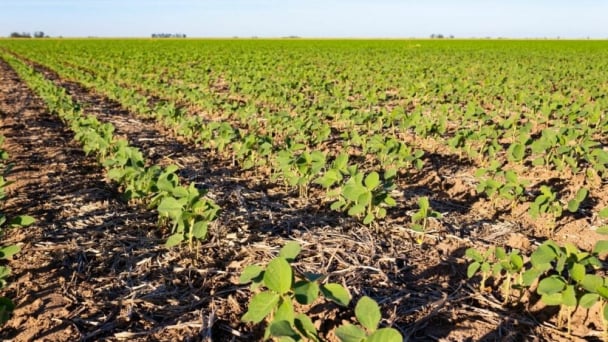May 17, 2025 | 17:33 GMT +7
May 17, 2025 | 17:33 GMT +7
Hotline: 0913.378.918
May 17, 2025 | 17:33 GMT +7
Hotline: 0913.378.918
The H5N1 virus has spread more widely than ever before, reaching as far as South America and Antarctica and infecting new species of wild and domestic animals, it said in a statement.
"Since late 2023, we have observed a rise in human cases and the virus spreading to new animal species," said Kachen Wongsathapornchai, regional manager of the FAO's Emergency Centre for Transboundary Animal Diseases.
"The emergence of novel A/H5N1 strains, which are more easily transmissible, increases the pandemic threat. Immediate, coordinated preventive measures are essential."
The U.N. agency counted 13 new human infections reported in Cambodia since late 2023, with additional cases in China and Vietnam.
The Greater Mekong subregion, Indonesia and the Philippines are facing heightened scrutiny due to their diverse ecological landscape and limited biosecurity measures, while India, Nepal and Bangladesh are also battling outbreaks, it said. Thailand and Myanmar, part of the Greater Mekong region, have not reported outbreaks in years, it added.
The FAO urged member nations to work together to implement comprehensive surveillance systems, including full genome sequencing, to track the virus's spread and evolution.
It also called on governments, international organizations and the private sector to share information transparently, and stressed the need for the poultry industry to strengthen biosafety measures.
Bird flu spreads to farm animals from wild birds.
The H5N1 strain of avian flu has swept the globe in recent years, killing billions of farmed and wild birds and spreading to tens of mammal species.Australia, which is dealing with three parallel outbreaks of bird flu, reported a human H5N1 case in May.
Earlier this year, a Chinese woman died from a rare H3N8 subtype of avian influenza, the world's first death from the strain.
Scientists tracking the spread of bird flu are increasingly concerned that gaps in surveillance may leave them several steps behind a new pandemic, according to Reuters interviews with more than a dozen leading disease experts.
(Reuters)

(VAN) Fourth most important food crop in peril as Latin America and Caribbean suffer from slow-onset climate disaster.

(VAN) Shifting market dynamics and the noise around new legislation has propelled Trouw Nutrition’s research around early life nutrition in poultry. Today, it continues to be a key area of research.

(VAN) India is concerned about its food security and the livelihoods of its farmers if more US food imports are allowed.

(VAN) FAO's Director-General emphasises the need to work together to transform agrifood systems.

(VAN) Europe is facing its worst outbreak of foot-and-mouth since the start of the century.

(VAN) The central authorities, in early April, released a 10-year plan for rural vitalization.

(VAN) Viterra marked a significant milestone in its carbon measurement program in Argentina, called Ígaris, reaching 1 million soybean hectares measured.